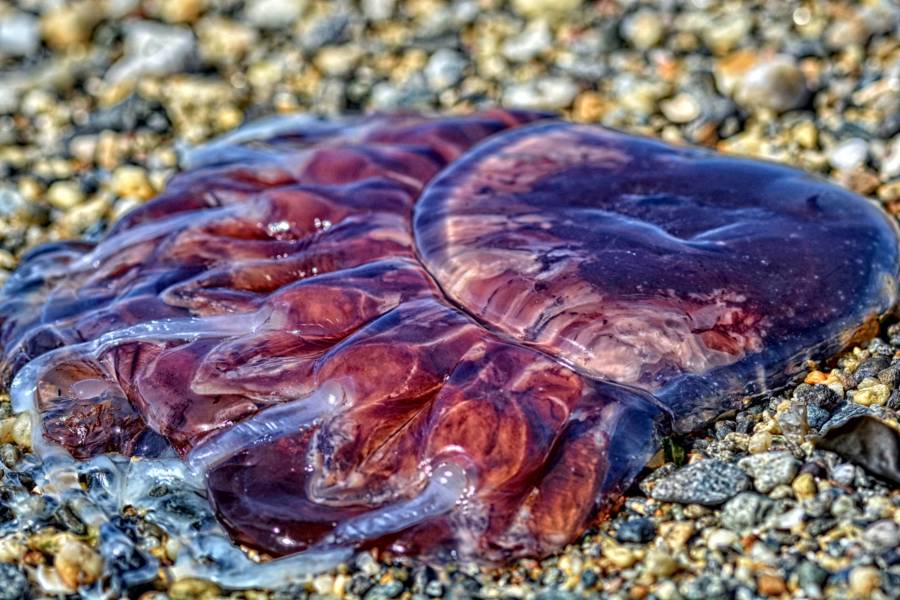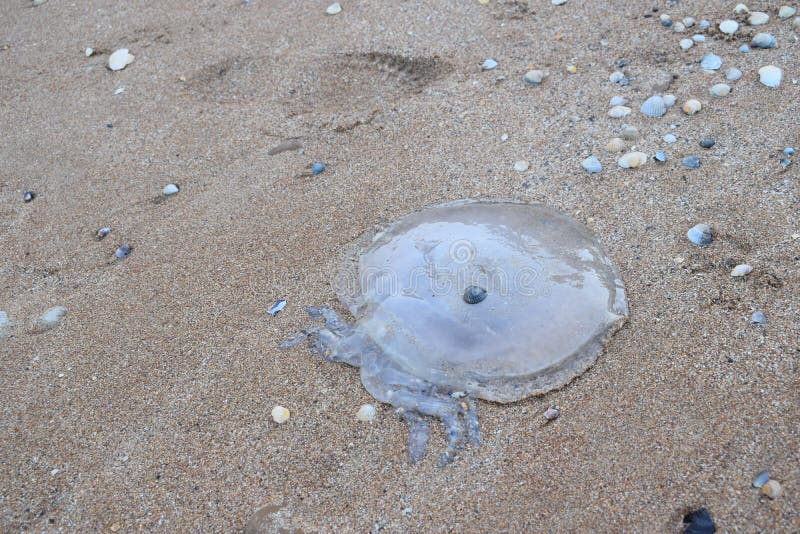
Myrtle Beach is a popular vacation spot for many people around the world. It is known for its beautiful beaches, crystal-clear waters, and amazing seafood. However, in recent years, there has been a growing concern about the number of dead jellyfish that wash up on the beach.
What are jellyfish?

Jellyfish are aquatic creatures that belong to the phylum Cnidaria. They are found in all the oceans of the world, from the surface to the deep sea. They are known for their umbrella-shaped body, which is made up of a gelatinous substance. Tentacles hang from the body, which are used for feeding and defense.
Why are there so many dead jellyfish on Myrtle Beach?

There are several reasons why there are so many dead jellyfish on Myrtle Beach. One of the main reasons is that they are simply getting caught in the currents and washed up on shore. When jellyfish die, they float to the surface and are carried by the wind and tides until they wash up on shore.
Another reason why there are so many dead jellyfish on Myrtle Beach is that they are being killed by human activities. Pollution, overfishing, and climate change are all contributing factors to the decline of jellyfish populations around the world. When jellyfish are exposed to pollution or changes in water temperature, they become stressed and are more likely to die.
Are dead jellyfish dangerous?

Dead jellyfish are not dangerous to humans, but they can still cause skin irritation if you come into contact with them. Jellyfish have tiny stinging cells on their tentacles, which can still be active even after the jellyfish has died. If you do come into contact with a dead jellyfish, it is best to avoid touching it.
What can we do to prevent jellyfish from washing up on Myrtle Beach?

The best way to prevent jellyfish from washing up on Myrtle Beach is to reduce our impact on the environment. This means reducing pollution, protecting marine habitats, and reducing our carbon footprint. By taking these steps, we can help to ensure that jellyfish and other marine creatures continue to thrive in our oceans.
Conclusion
While it may be concerning to see so many dead jellyfish on Myrtle Beach, it is important to remember that this is a natural occurrence. By taking steps to protect the environment, we can help to ensure that jellyfish and other marine creatures continue to thrive in our oceans for generations to come.